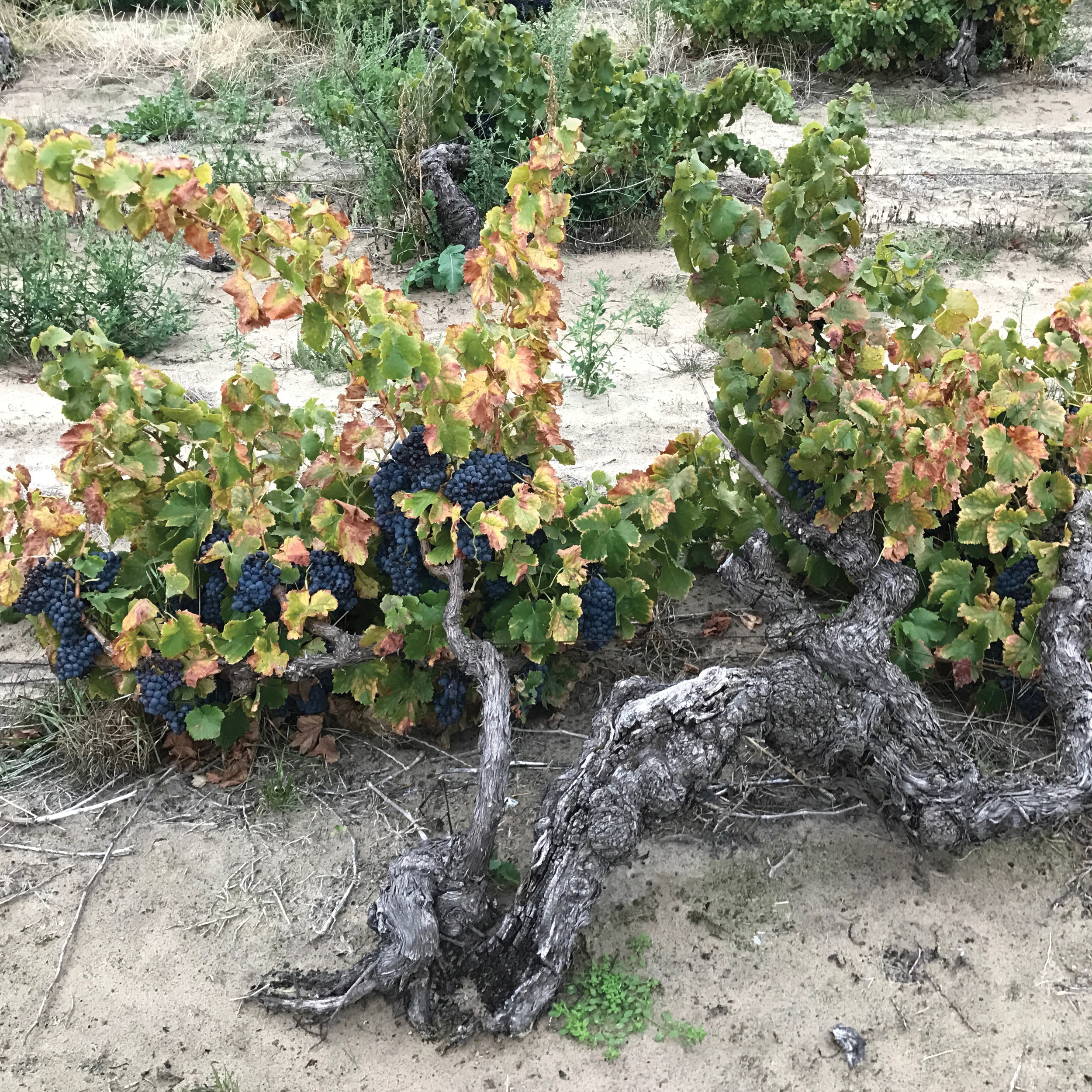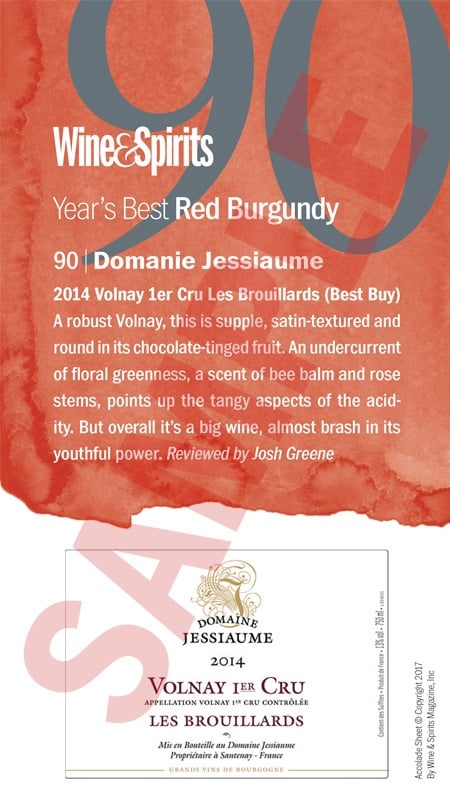Chances are at some point, possibly after a few glasses of wine, you’ve played the game Marry, Shag or Kill. Someone will give you the names of three people and you are put on the spot to choose their fate…all hypothetical, of course.
Play that same game with grape…
To read this article and more,
subscribe now.
To continue reading without interruption, subscribe and get unlimited digital access to our web content and wine search.
This story appears in the print issue
of Fall 2018.
Like what you read? Subscribe
today.
















